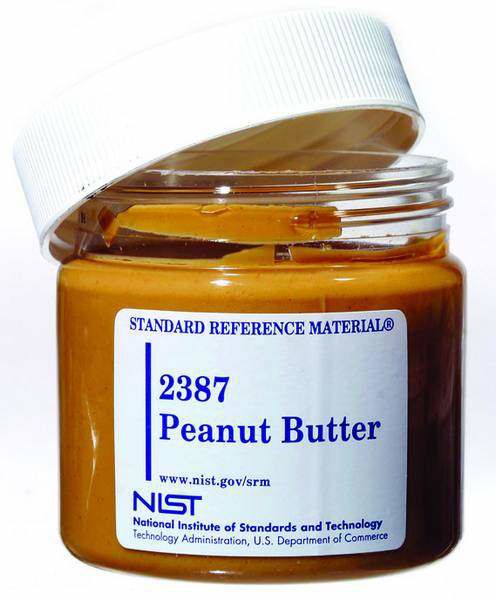Fact or fiction: Peanut butter is high in trans fat
Published 4:00 am Thursday, March 1, 2007

- Fact or fiction: Peanut butter is high in trans fat
Fiction. Although the term partially hydrogenated oil often appears high on the ingredient list of most commercial peanut butters, levels of trans fat in peanut butter are virtually undetectable.
Peanut butter by law must consist of at least 90 percent peanuts, and most national brands are 92 percent to 93 percent peanuts. That leaves little room for other ingredients, which is why partially hydrogenated oil appears high on the ingredient list.
Trending
However, in 2001, Timothy Sanders, a researcher with the U.S. Department of Agricultures Agricultural Research Service, could find no measurable level of trans fat in 11 brands of peanut butter, including both major store brands and natural products. The laboratory tests were sensitive down to 0.01 percent of the sample weight. That means an individual could eat at least 156 servings of peanut butter before reaching the Food and Drug Administrations 0.5 grams per serving threshold for listing trans fat on the label.
We used the best science and technology available to try to detect trans fats in peanut butter and couldnt, Sanders said.
While the trans fat myth has led many to avoid peanut butter, nutritionists say it has a very favorable fat profile. The average 2-tablespoon serving of peanut butter contains 12.2 grams of monounsaturated and polyunsaturated fat but only 3.3 grams of saturated fat.
The most abundant unsaturated fat in peanut butter is oleic acid, a monounsaturated fat believed to be good for cardiovascular health. Sanders found that oleic acid levels in the peanut butters he tested ranged from 19 percent of total weight in one private-label brand to 27 percent in a natural brand. The peanut butter consisted on average of about 5 percent palmitic acid, the most abundant saturated fat.
Thats good news for Americans, who put away more than 800 million pounds of peanut butter each year. The spread was invented in 1890 as a health food for undernourished patients and is high in vitamin E, folate, fiber, magnesium, potassium and zinc.
Researchers have also found that the high unsaturated fat content helps contribute to heart health. A Pennsylvania State University study, sponsored by the nonprofit Peanut Institute, found that a diet higher in unsaturated fat, mainly from peanuts and peanut butter, did more to reduce cholesterol than an overall low-fat diet.
Trending
And a Harvard study found that people on a diet higher in unsaturated fats, such as those found in peanut butter, were better able to maintain weight loss than those on a low-fat diet.








